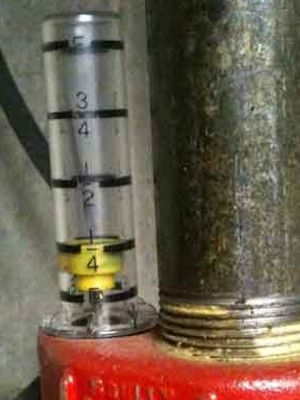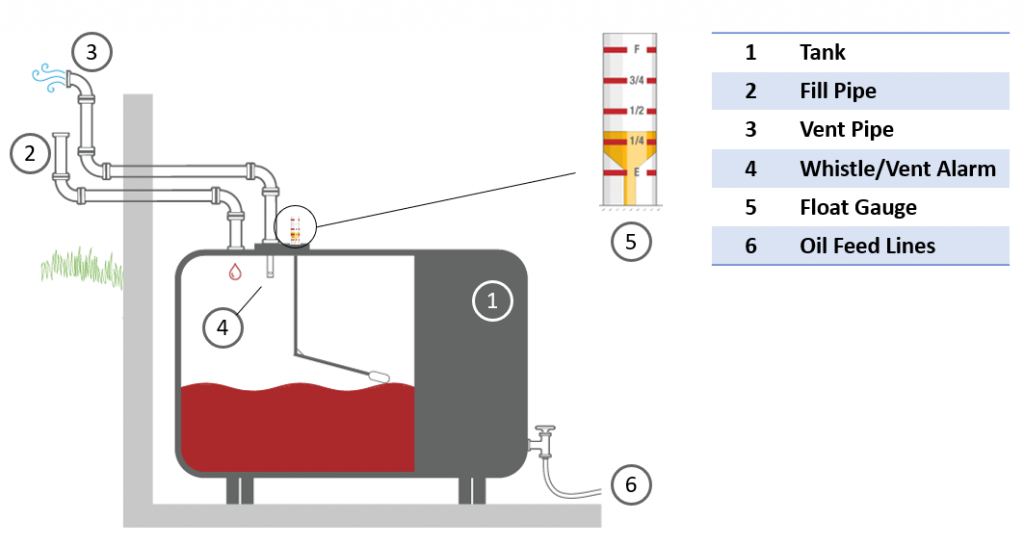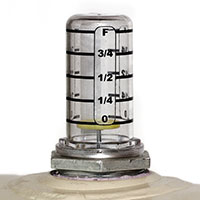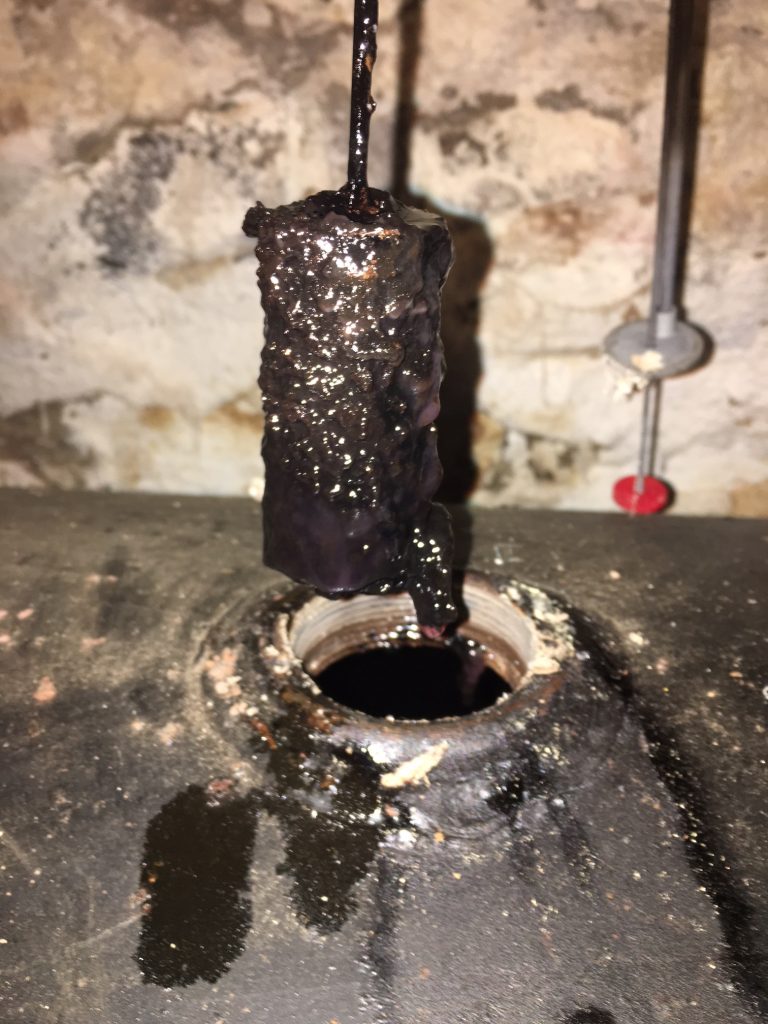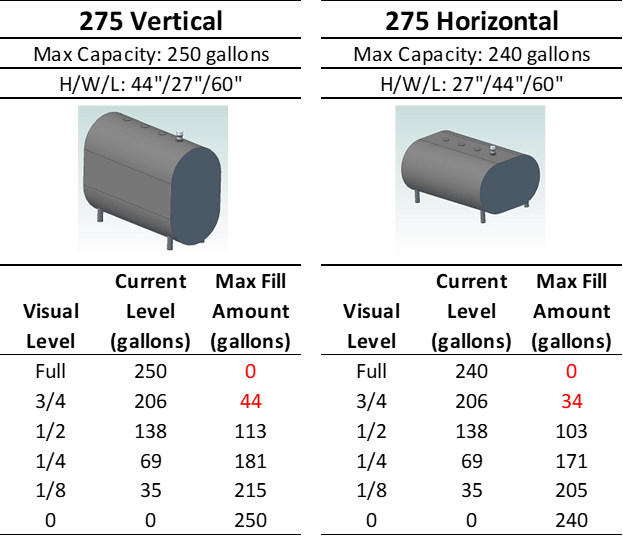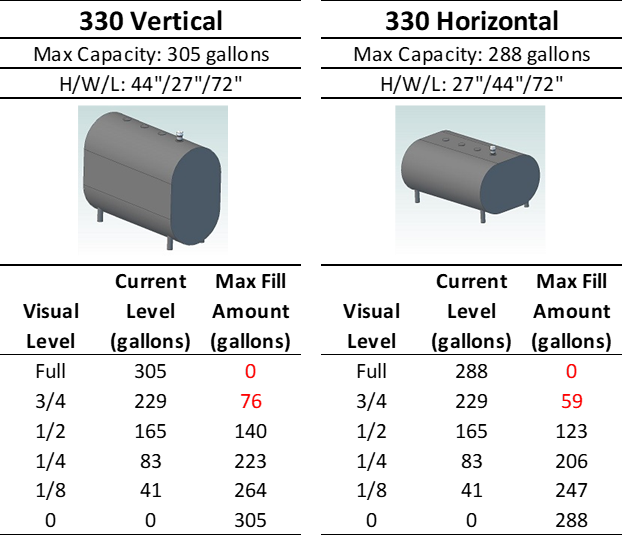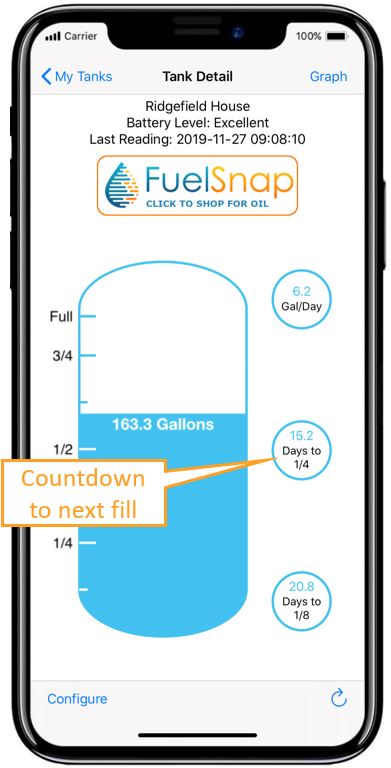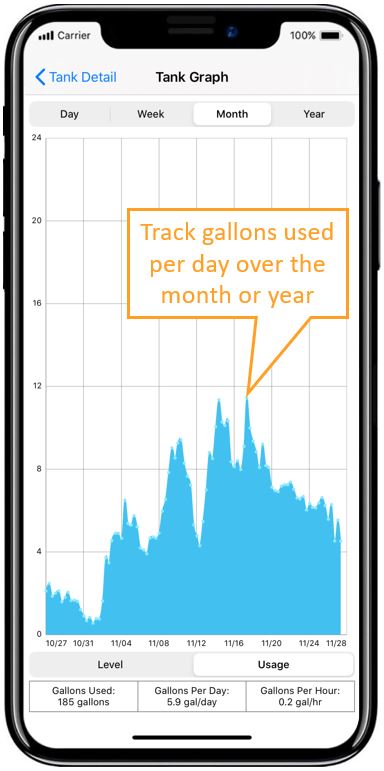One of the benefits of home heating oil is that you can buy it on your own schedule. Some house have multiple tanks which last for several months between fills. In this post we explain the best month to buy home heating oil.
What Causes Heating Oil Prices to Fluctuate?
To determine when to buy home heating oil, it is important to understand why prices fluctuate. There are three primary drivers of heating oil prices to be aware of:
- Crude oil supply and demand.
- Local heating oil supply and demand.
- How you buy your heating oil (i.e. whether you order heating oil online or rely on automatic delivery).
Crude Oil Supply and Demand
Crude oil prices have the most significant impact on heating oil prices. Since home heating oil is a derivative of crude oil, the global supply and demand for crude oil can move heating oil prices up or down. Crude oil is the base fuel that is used in gasoline, diesel, jet fuel, heating oil, and lubricants in all sorts of machinery.
When the global demand for crude oil declines – so does the price. This is because production of oil does not stop immediately, and producers still need to offload their supply. This scenario played out in early 2020 as the COVID-19 pandemic ground global travel to a stop. All of sudden, nobody was flying on airplanes or even commuting to work anymore. As a result, there was suddenly too much oil being produced, and prices dropped dramatically. In April, 2020 prices for heating oil futures contracts even dipped below zero! We broke this down in a pretty cool post here when this happened. At the time, folks were paying as little as $0.99 per gallon for heating oil on FuelSnap!
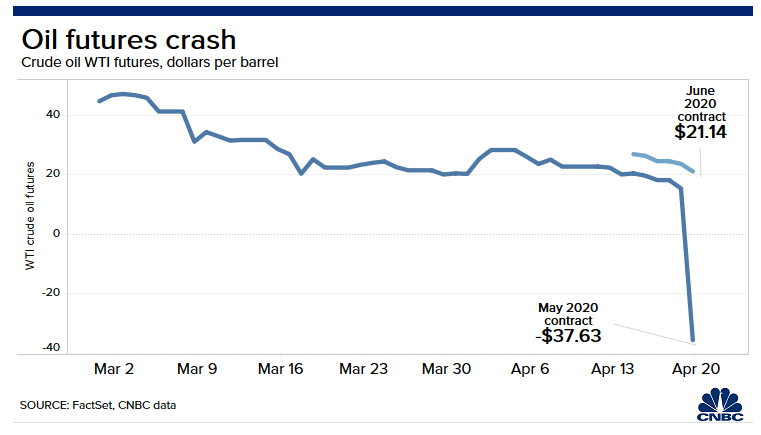
Local Heating Oil Supply and Demand
Local heating oil supply and demand also impacts heating oil prices. In densely populated areas on Long Island, there are hundreds of thousands of oil-heated homes, and many heating oil dealers to choose from. As a result, the dealers must be very efficient and offer competitive pricing and fast delivery. The end result: heating oil prices in Long Island tend to be lower than other parts of the Northeast.
In less densely populated areas, there may be only one or two heating oil dealers to choose from. They can charge significantly more for heating oil, and don’t even have to deliver right away. Where there is a reduced supply like this, heating oil prices tend to be much higher.
There is also the question of the best month to buy heating oil. You may expect to get a better price during the summer / off-season. However, heating oil dealers tend to make fewer deliveries during the off season. As a result, they are less inclined to lower prices and be very competitive. Below is the historical price for heating oil over the past 30 years. The takeaway: the effect of crude oil supply and demand on prices far outweighs any seasonal effects on heating oil prices.
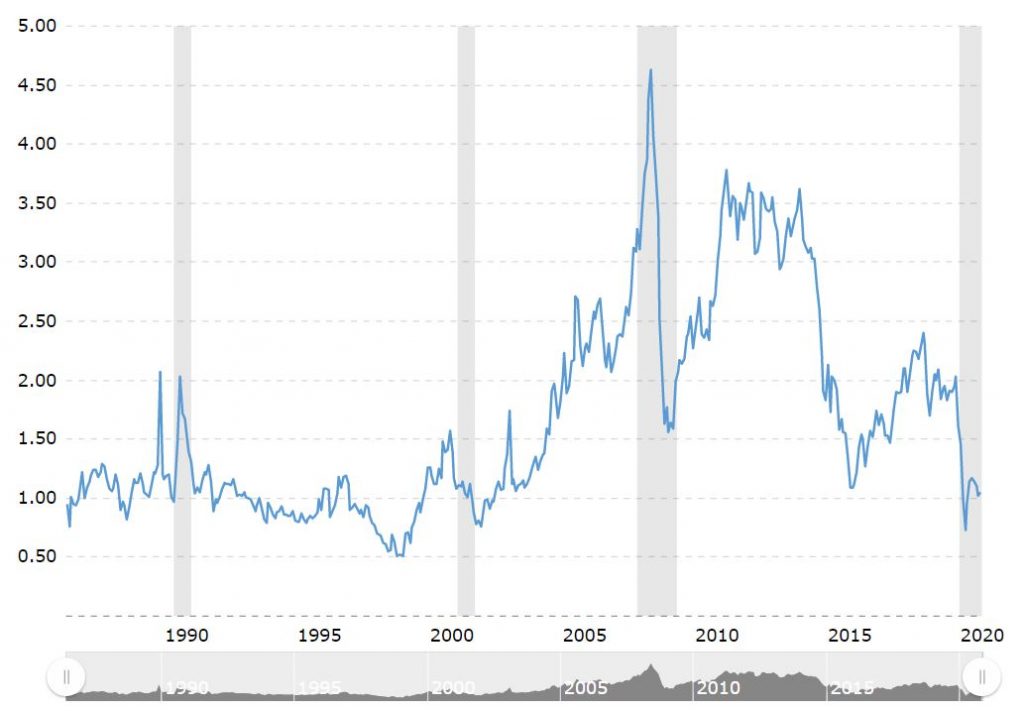
Will-Call or Automatic Heating Oil Delivery
While the price for heating oil will move up or down with the market, the biggest factor that dictates the price you pay for heating oil is whether you buy as needed (will-call) or have automatic delivery. Automatic delivery is billed as a ‘premium’ service and comes with a premium price. This price premium is generally around 40 to 50 cents per gallon, but as high as $1.00 per gallon or more with some dealers! Imagine a winter where you use 1200 gallons of heating oil, and your neighbor paid $1200 less than you for the same oil. That’s the difference between automatic delivery and will-call. If you’re on automatic delivery, then the best month to buy home heating oil does not apply, since the oil will be delivered on the company’s terms.
You can take advantage of significant savings on heating oil by only buying heating oil as needed on a site like FuelSnap. FuelSnap dealers compete for your business by offering the best prices for heating oil possible. And if you’re worried about running out of oil, just install a Smart Oil Gauge to send you alerts when the tank is low.
Bottom Line: Order Heating Oil Any Month of the Year
So, when is the best month to order heating oil? Since heating oil prices depend on the market price for crude oil, it does not matter which month you order heating oil. The only exception to this is when it is really cold, as you may find it difficult to get heating oil in a timely manner.
Even during a cold snap, you can always check heating oil prices near me on a site like FuelSnap. You will see which dealers are available in your town, as well as when they can make the delivery. You will save hundreds of dollars on average compared to automatic delivery over the course of a season.
Just remember, do not let your tank get too low waiting for a good price. If you run out of oil in the middle of the winter, you make have frozen pipes and a much more expensive problem on your hand. At that point, the best month to buy home heating oil no longer matters. As we like to say, the best thing to do is reorder at a quarter (tank) – no matter what month of the year.
Happy heating,
Steve
p.s. About that link to the Smart Oil Gauge in the article…As an Amazon Associate I earn from qualifying purchases.


